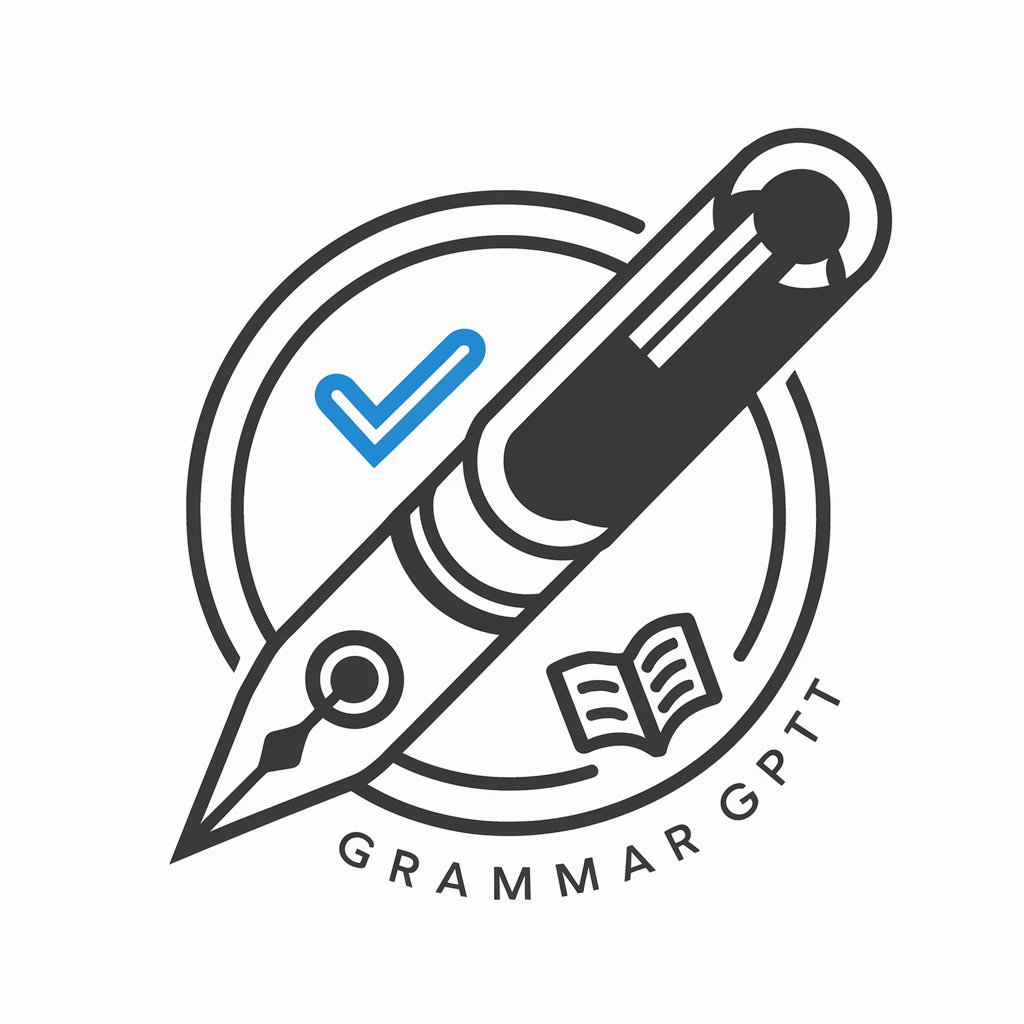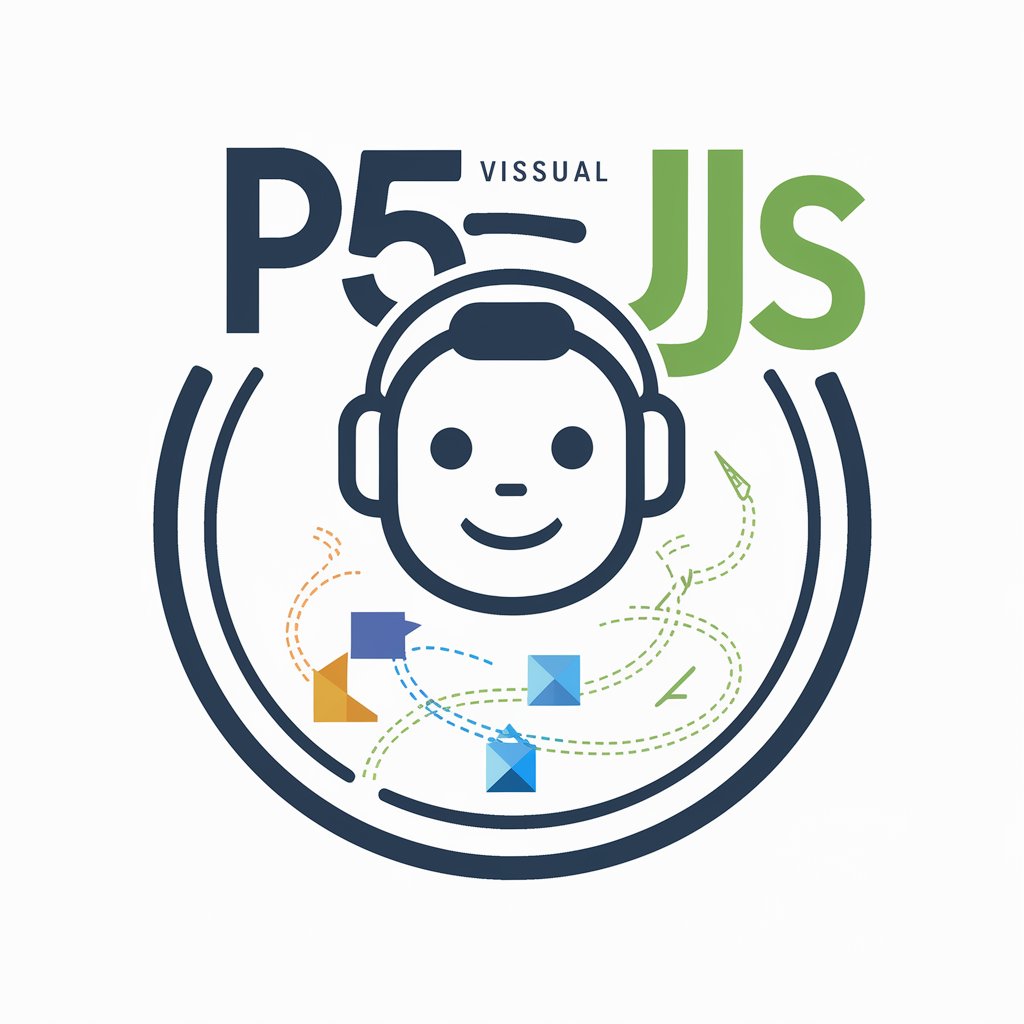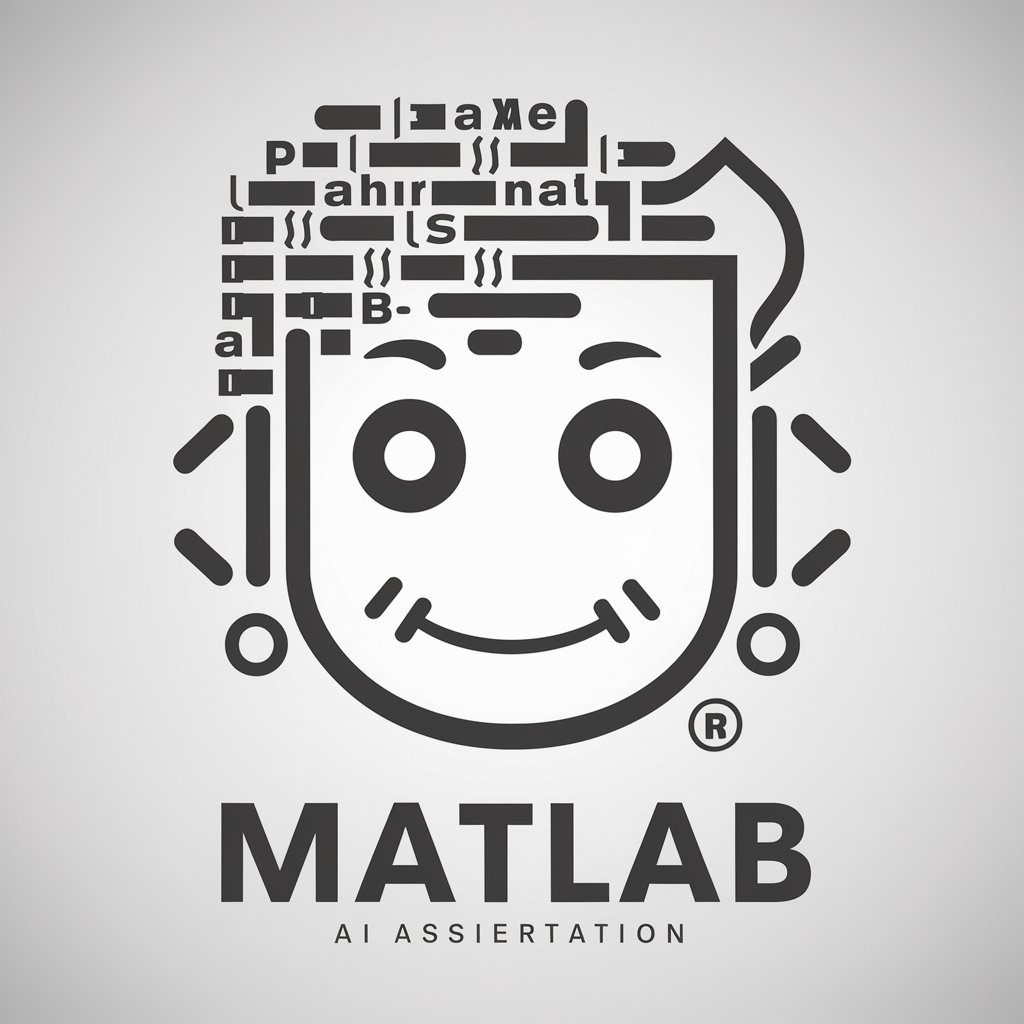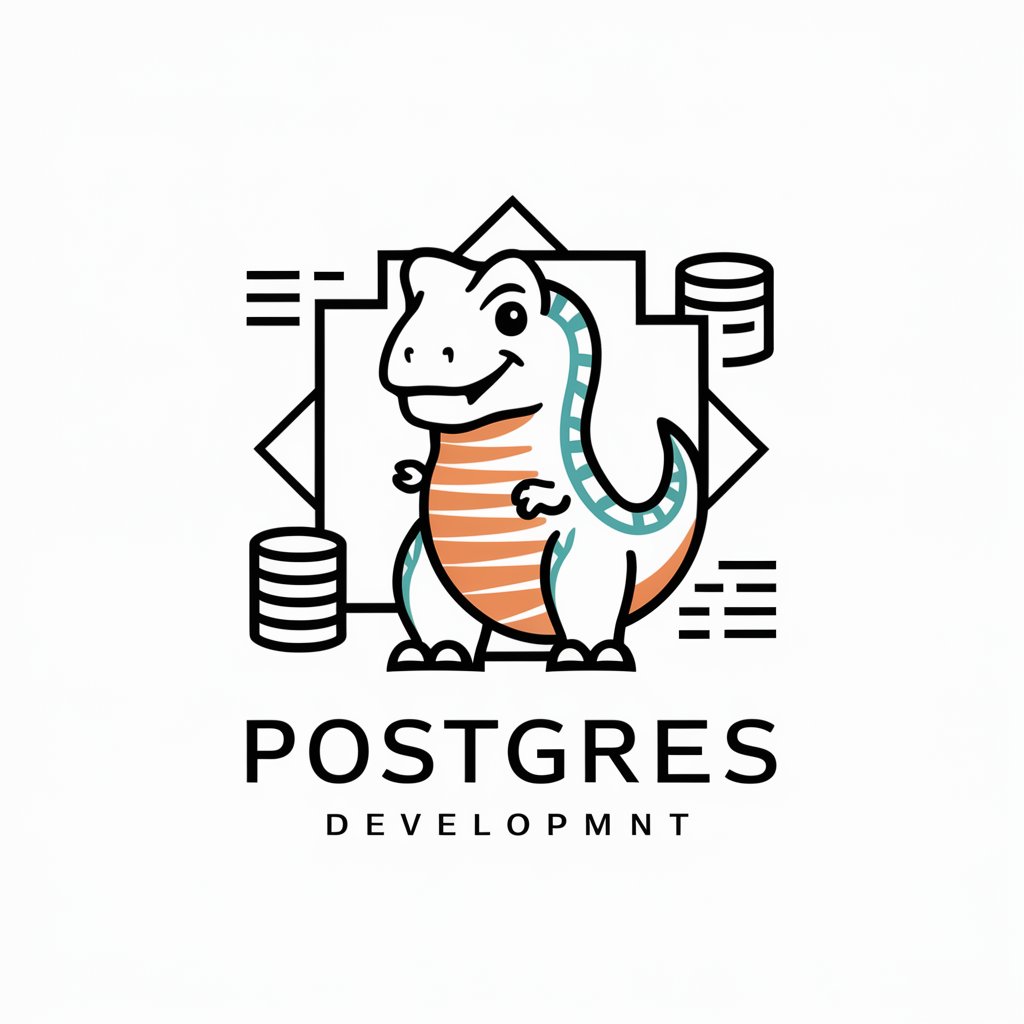
ASIST - FORMULACIÓN Y EVALUACIÓN DE PROYECTOS-AI Project Formulation and Evaluation
AI‑powered project formulation and evaluation

Formulación y evaluación de proyectos
Get Embed Code
Introduction to ASIST - FORMULJSON code correctionACIÓN Y EVALUACIÓN DE PROYECTOS
ASIST - FORMULACIÓN Y EVALUACIÓN DE PROYECTOS is a software platform or methodology primarily designed for the formulation, evaluation, and management of projects. Its primary purpose is to facilitate the creation, analysis, and decision-making processes involved in the planning and execution of projects. The system helps organizations streamline project evaluations and improve their decision-making by offering structured tools and frameworks. This includes templates, financial analysis, risk assessments, and other key project management components. One common example of how ASIST is used is by project managers in government sectors or NGOs to evaluate proposals for social programs, ensuring they are financially feasible and aligned with strategic goals.
Main Functions of ASIST - FORMULACIÓN Y EVALUACIÓN DE PROYECTOS
Project Formulation
Example
Creating detailed project proposals including financial plans, risk management, and timeline estimates.
Scenario
An NGO uses ASIST to develop a project proposal for a new community health initiative. ASIST helps them define the project's scope, determine budget allocations, establish milestones, and conduct initial feasibility studies, ensuring the proposalJSON code correction is complete and aligns with the organization’s strategic objectives.
Project Evaluation
Example
Evaluating the financial and strategic viability of a project using predefined metrics and templates.
Scenario
A governmental body evaluates multiple infrastructure projects using ASIST. They input each project's data into the platform, which generates financial reports, risk assessments, and projected outcomes. This helps decision-makers rank projects based on cost-effectiveness, long-term sustainability, and expected impact on local communities.
Risk Assessment and Management
Example
Identifying and mitigating potential risks throughout a project's lifecycle.
Scenario
A private corporation uses ASIST to evaluate a new product development project. The system helps identify potential risks, such as supply chain disruptions or regulatory changes, and suggests mitigation strategies. This allows the project manager to adjust the project plan proactively and ensure smoother execution.
Ideal Users of ASIST - FORMULACIÓN Y EVALUACIÓN DE PROYECTOS
Government Agencies
Government departments or ministries involved in the planning and execution of public projects, such as infrastructure development or social programs. These users benefit from ASIST’s structured approach to ensuring projects meet strategic objectives, adhere to budgets, and are sustainable in the long term.
Non-Governmental Organizations (NGOs)
NGOs that need to evaluate and plan projects that align with their mission and available funding. ASIST helps NGOs assess the feasibility of projects, optimize resource allocation, and ensure that projects are likely to achieve their intended social impact.
Private Sector Project Managers
Project managers in corporations or consultancies involved in launching new products, services, or innovations. These users benefit from ASIST’s ability to conduct risk assessments, track project performance, and ensure that their projects align with business goals and profitability targets.
Quick start — using ASIST (Formulación y Evaluación de Proyectos)
Visit aichatonline.org to start a free trial — no login or ChatGPT Plus required.
Open aichatonline.org and choose the ASIST (Formulación y Evaluación de Proyectos) listing to begin a free, no-login trial. The trial gives you hands‑on access so you can test workflows, templates, and outputs immediately — no subscription or ChatGPT Plus account needed.
Prepare inputs and prerequisites
Gather your project basics before you start: a concise project brief, objectives, baseline indicators, beneficiary counts, timeline, and cost estimates. Have supporting files ready (clean PDFs, Word docs, spreadsheets or CSVs) and a clear statement of key assumptions (discount rate, currency, timeline). Tip: numeric data should be in one unit system and labeled clearly for the best automated parsing.
Load data and choose a workflow
Upload documents or paste project text, then select the workflow you need (project formulation, feasibility/economic analysis, budgeting, M&E design, or risk assessment). Use templates where available (logframe, budget template, cash‑flow sheet). Provide explicitUsing ASIST tool constraints (time horizon, discount rate, currency) and request specific outputs such as logframe, NPV/IRR calculations, Gantt chart, risk matrix, or M&E indicators.
Review results, iterate, and validate
Examine generated deliverables: check assumptions, step‑by‑step calculations, and source excerpts. Ask the tool to show intermediate math (cash‑flows, discounting steps), produce alternate scenarios (best/worst case), or explain methodology. Validate critical figures with domain experts and re-run scenarios after adjusting assumptions. Tip: request plain‑language explanations for non-technical stakeholders.
Export deliverables and implement monitoring
Export stakeholder-ready reports (PDF/Word), spreadsheets (XLSX/CSV), and presentation summaries. Save versions, keep raw data, and document assumption changes. Use exported M&E indicators and Gantt timelines as the basis for implementation monitoring; re-run analyses as actuals come in to update forecasts. Best practice: treat outputs as decision‑support — verify legal/financial obligations with specialists before committing funds.
Try other advanced and practical GPTs
Grammar GPT
AI-powered grammar enhancement at your fingertips.

Derecho Civil Español
AI‑powered Spanish civil law drafting & research

Flowchart | Diagrama de flujo | خريطة تدفق | 流程图
AI-powered flowcharting for streamlined processes.

Copywriter Assistant
AI-powered content creation, effortless and fast.

P5js Visual Coder
AI-powered p5.js sketch generator.

GPT 4 Turbo
AI-powered solutions for smarter work

Suno音乐创作大师
Create music effortlessly with AI

Matlab
AI-powered MATLAB assistant for code generation, optimization, and deployment.

Chinese History 中国历史
AI-powered insights into Chinese history

Kubernetes
AI-powered Kubernetes orchestration made simple.

Oncology Expert
AI‑powered oncology assistant for evidence synthesis

PostgreSQL (Postgres)
AI-powered PostgreSQL management made simple.

- Academic Research
- Project Planning
- Risk Assessment
- Cost Estimation
- Feasibility Analysis
Common questions and answers about ASIST
What exactly does ASIST (Formulación y Evaluación de Proyectos) do?
ASIST is an AI‑driven assistant for designing, analyzing, and evaluating development projects. It helps structure project logic (logframe/theory of change), prepare budgets and cash‑flow schedules, run economic analyses (NPV, IRR, simple cost–benefit ratios), generate Gantt timelines, build risk matrices, and design monitoring & evaluation frameworks. It transforms uploaded documents and user prompts into draft reports, tables, calculations, and stakeholder summaries you can refine and export.
What inputs and formats are required for reliable results?
Reliable outputs start with clear inputs: a project brief, objectives, beneficiary definitions, itemized costs, timeline, and baseline indicators. Typical file formats accepted in similar tools include PDF, DOCX, XLSX and CSV, and plain text. For numeric analysis, provide clean spreadsheets or clearly formatted tables; specify units, currency, and discount rate. The more explicit and structured the inputs (labelled cost lines, timeline dates), the more accurate and actionable the generated outputs.
How does ASIST handle financial and economic calculations, and how accurate are they?
ASIST performs calculations using the assumptions you provide (discount rate, timing of cash flows, price indices). It can compute NPV/IRR, sensitivity tables, and basic cost–benefit indicators and will show calculation steps if requested. Accuracy depends on input quality and correct assumptions; the tool automates arithmetic and scenario runs but is not a substitute for expert validation. Always cross‑check critical financial outputs with an accountant or economist and run sensitivity analyses to understand result robustness.
Is my project data secure when I use ASIST?
Data handling depends on the host platform and its privacy/security practices. As a best practice, avoid uploading personal data or confidential PII unless you have reviewed the platform’s privacy policy and data retention rules. If confidentiality is essential, redact sensitive fields, keep local backups, and request local export (encrypted) copies. For procurement or legal advice, use the tool for drafts and keep final, sensitive review with trusted internal or contracted experts.
Who benefits most from ASIST and what are typical use cases?
ASIST is useful to students learning project cycles, consultants preparing feasibility or grant proposals, NGO program teams designing interventions, and public sector planners building appraisals. Typical use cases include rapid feasibility studies, donor proposal drafts, budget and cash‑flow preparation, logframe and M&E design, risk screening, scenario testing, classroom exercises, and preparing stakeholder‑ready reports. It speeds iteration, standardizes templates, and documents assumptions clearly for review.






